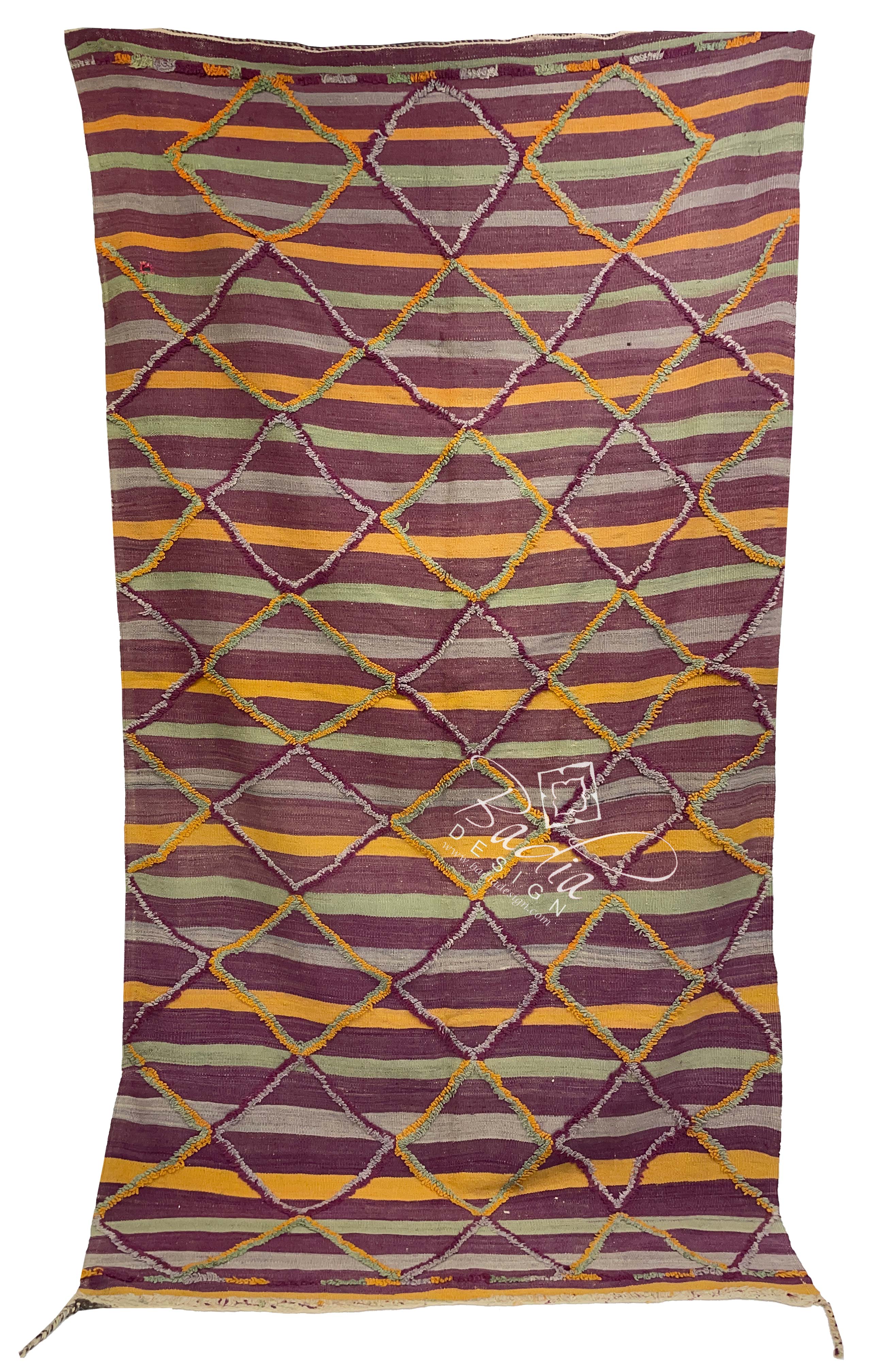Moroccan Tribal Rugs
Moroccan Tribal Rugs
Blog Article
Moroccan Berber Rugs: A Blend of History, Craftsmanship, and Timeless Style
These rugs have enchanted people across the globe with their deep cultural roots, remarkable artistry, and timeless design. These rugs can elevate any space, from a snug living area to an elegant hotel suite. In this article, we’ll explore the fascinating history of Moroccan Berber rugs, the meticulous craftsmanship behind their creation, their exceptional longevity, and creative ways to incorporate them into today’s interiors.
These rugs originated with the ancient tribal artisans of North Africa, dating back thousands of years. These indigenous groups, with their deeply rooted traditions, developed rug-weaving techniques as a practical response of their migratory way of life and diverse climates.
The symbols and motifs in these rugs narrate stories that are unique to the tribe or family of origin. These symbols frequently represent protection, fertility, or the natural environment, making each rug a highly meaningful creation. Originally, these rugs were crafted for utilitarian purposes, such as providing warmth during harsh winters in the Atlas Mountains or acting as soft bedding in arid desert regions.
During the 20th century, these rugs were introduced to global design by architects such as Le Corbusier and Frank Lloyd Wright, who used them in renowned works. Now, these rugs are highly sought after for their elegance and rich tradition.
The production of Moroccan Berber rugs is an intricate process passed on through generations. It represents a harmonious fusion of cultural heritage and meticulous technique.
Berber rugs are typically crafted from eco-friendly fibers such as sheep’s wool, camel hair, or even cotton. Wool is especially prized for its luxurious feel, durability, and ability to retain warmth. The wool is usually spun by hand, resulting in a truly individual finish.
Berber rugs are handwoven on classic frames, a process that can take weeks or even months depending on the size and complexity of the design. The knots—whether Beni Ourain’s soft, flowing look or the tighter weave of Azilal rugs—shape its beauty and resilience.
Artisans rely on natural dyes from the environment to achieve the vivid tones seen in Berber rugs. Earthy tones such as beige, cream, and brown are common in Beni Ourain rugs, while Azilal and Boucherouite rugs showcase bolder colors like reds, blues, and yellows.
The longevity of these rugs is one of their biggest strengths. This makes them a smart choice for both homes and commercial spaces.
Berber rugs owe their longevity to the excellent quality of their natural fibers. Wool’s elasticity and stain resistance contribute to their durability.
Cleaning and maintaining a Moroccan Berber rug is relatively simple. Regular vacuuming, spot cleaning with mild detergent, and occasional professional cleaning will keep them looking pristine for years.
How to Decorate with Moroccan Berber Rugs
Incorporating Moroccan Berber rugs into contemporary interiors is easier than you might think. These rugs' adaptability allows them to suit various aesthetics, including minimalist and bohemian styles.
1. Create a Focal Point in the Living Room
Use a large Beni Ourain rug as the centerpiece of your living room. The rug’s muted tones and clean lines bring cohesion to the space and exude coziness.
2. Introduce Vibrancy to Minimalist Rooms
If your space leans toward a monochromatic or minimalist aesthetic, a vibrant Azilal or Boucherouite rug can introduce a pop of color and visual interest. These rugs work particularly well in neutral-toned rooms, where they serve as a focal point.
3. Layer Rugs for Texture
To create a warm, layered look, place a smaller Berber rug atop a larger rug made from natural fibers like jute or sisal. This pairing enhances texture and emphasizes the unique patterns of the Berber rug.
4. Enhance Workspace Aesthetics
Businesses can use Moroccan Berber rugs to create an inviting and sophisticated ambiance in office spaces, lounges, or reception areas. The artisanal craftsmanship of these rugs radiates authenticity and refinement.
5. Display Moroccan Berber Rugs as Decorative Art
Some Moroccan Berber here rugs are so visually stunning that they deserve to be displayed as art. Displaying a Berber rug on a wall highlights its intricate design and cultural significance.
Reasons to Invest in Moroccan Berber Rugs
Moroccan Berber rugs combine functionality, beauty, and cultural depth, making them a valuable choice for homes and businesses alike. These rugs are built to last, and their classic designs remain relevant despite evolving decor trends.
Sustainability and Ethical Production
Many Berber rugs are crafted using eco-friendly and sustainable practices. Purchasing these rugs helps preserve artisan traditions while enriching your decor with sustainable beauty.
Why Berber Rugs Gain Value Over Time
Authentic Moroccan Berber rugs often appreciate in value over time, especially vintage or rare pieces. These rugs serve as both decorative items and investment-worthy collectibles.
 Report this page
Report this page